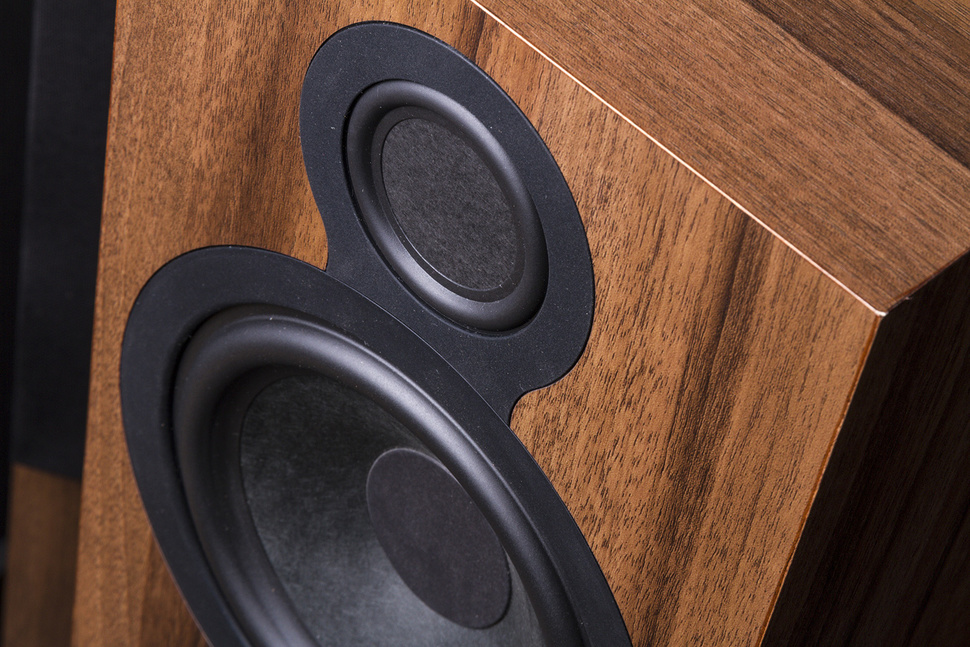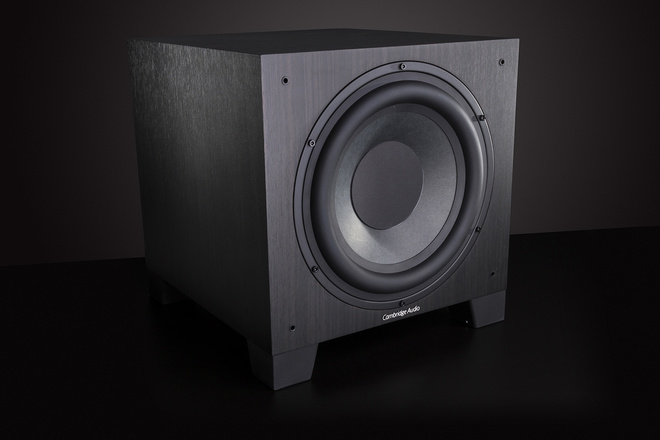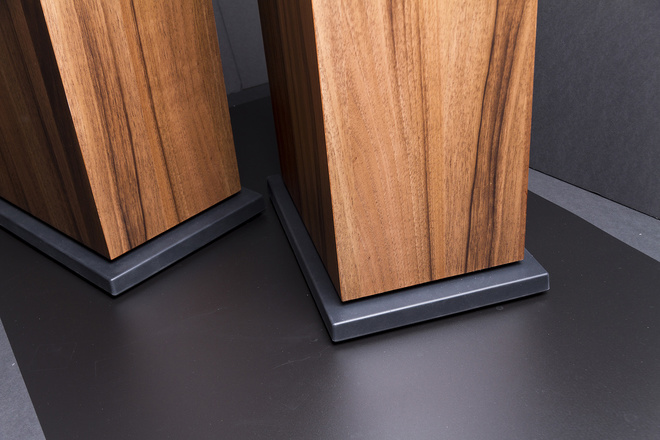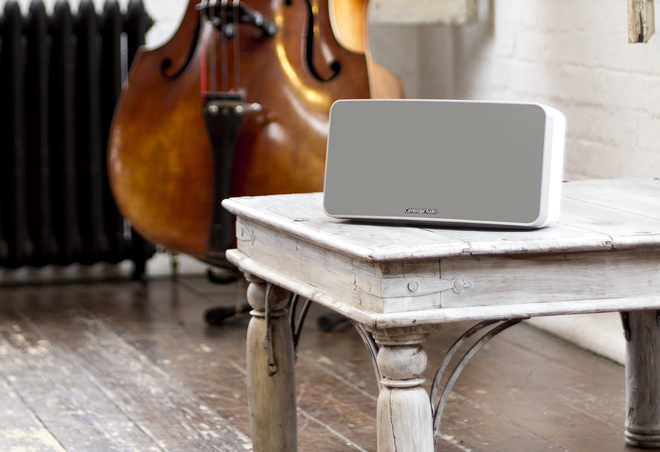

There are hundreds of speakers available to buy, from complete surround sound systems to the portable Bluetooth numbers you can take to the park, but how do you tell the difference between them? What makes a good speaker sound better than a bad one? And are cheaper alternatives worth considering even if you have the cash to splash?
For all the audiophiles out there, you'll probably already know what to look out for but for those of you who are lost out in the speaker sea, we hope to give you some pointers to help you understand the tech behind the sound so you get the best, regardless of price.
We employed the help of our friends at Cambridge Audio for their tips and guidelines too, so we also get a Great British speaker manufacturer's perspective on the matter.
Speaker design and how they work
The first thing you'll need to know to be able to grasp the difference between various speakers is how they work in the first place. It doesn't matter what shape or size the speaker is, it will have at least three things – a cone, an electromagnet coil and a permanent magnet.
The coil sits in front of the permanent magnet and when the electrical signal from your iPod or TV passes through it, it forms a magnetic field that changes direction meaning it is attracted and repelled from the permanent magnet, creating a back and forth vibration.
The cone's job is to then amplify these vibrations and pump the sound waves into the room, with the frequency of the vibrations dictating the sound and pitch, while the amplitude determines the volume.
As all music tracks have different sound frequencies within them, you'll usually find the better quality speakers will have different sized cones dedicated to high, medium and low frequencies in order to deliver the most accurate representation of the track.

High frequencies are handled by tweeters while bass is handled by woofers and a speaker or speaker system will use these in combination to produce the sound. For example, smaller speakers are bass-shy, especially those used in more compact surround sound systems, and therefore a separate subwoofer is handy as bass complements the treble and mid-range to give you a fuller, richer sound.
It's not always important, but that depends on your set-up, as Cambridge Audio explains: "A subwoofer isn't always needed," says the company's business director Dominic Baker. "But it depends on the size of your main speakers and your personal listening tastes."
Quality of materials
Different speakers use different materials for the cones within the drivers so you'll find them made of all sorts including paper, aluminium, polypropelene and even materials like ceramic.
The cone has to move in and out to push the air to get the vibrations in the room but at certain frequencies, the cone will flex, which you want as little of as possible as it distorts the sound and the idea of a good speaker is to deliver sound accurately.
Different speakers use different materials because each company has a different idea about how to minimise flexing, but it isn't just the cone that can make a difference to the overall sound quality. The wiring used will have an impact, as will the glue that holds everything together, but perhaps more important is the housing in which you'll find all the tech.

A £5,000 speaker will theoretically have more thought in the materials used than a £30 one, say. The design is important too, such as not making it too wide so the sound doesn't reverberate inside or ensuring the drivers are secure so you don't get any rattling. This also extends to reduction of vibration of the speaker unit itself, which is often done through the use of rubber feet or similar.
However, even common materials can make for great speakers, so prices don't always have to be large. "There many exotic materials out there that could be used for 'cost no object' loudspeaker cabinets, but actually it’s hard to beat MDF’s balance of price/performance," says Baker. "MDF is easy to machine precisely making for a sturdy assembly and well damped too, so keeping cabinet resonances under control. It can also be easily finished in a variety of ways, like wood veneering or piano lacquering."
Tuning
And it isn't just the design or materials used that impacts the quality of sound. Just as different companies use different materials, they also use different forms of digital signal processing and their speakers and audio components are tuned to meet a certain audio requirement, which in a nutshell is what they do to the track to improve the sound before you hear it.
For example, any music you listen to through Beats product will be bass-heavy, regardless of the track - this is how these products have been tuned for the market they are aimed at. All companies, Cambridge Audio included, tune their products to suit their own customer base, which can vary not only in musical taste but from country to country too.
Different regions have different preferences of what their music should sound like, although the difference in opinion is not as varied as it once was. "There's less of a difference in musical tastes across the globe than there used to be some years back, but generally the Americans favour a stronger bass and the Japanese a more midrange-forward balance," Baker explains. "In the UK and the rest of Europe we tend to favour a very neutral balance."
Tuning is hugely important though and in many ways, regardless of the cost of a speaker, it can make a huge difference to what you think is a great sounding speaker or system or a bad one.
In Cambridge Audio's case, that involves experts and their ears, rather than just technology. "You can only get to around 90 per cent of the full performance using test equipment, the final 10 cent has to be tuned using extensive subjective listening tests and a panel of listeners," says Baker. "It's this last 10 per cent that takes a product from a good one to a great one."
And that applies to convenient Bluetooth speakers too.

There are other important factors to why one speaker sounds better than another regardless of cost, and it is worth remembering the other audio components, such as an amplifier and even the third-party cabling.
However, you are not always guaranteed that you will get better performance by paying more. Indeed, a bargain buy can often give you exactly the sound quality you were after. Cambridge Audio has products across multiple price points and believes strongly that you don't have to spend the earth to get exactly what you want.
"By carefully choosing the materials and components in a balanced manner and then spending time to tune the design to get the most out of it, great results can be achieved at modest prices," reveals Baker. "This is more down to the skill of the brand than the market positioning. An expensive component or material obviously doesn’t guarantee performance as it may have been badly implemented."
But you do need to consider where you plan to put the speakers when you've got them, indeed even before you make your purchasing decision, as Baker explains: "The size and shape are important and careful consideration should be taken when selecting the size of speakers (more so if you don't have a subwoofer) and their placement. A good hifi store should be able to guide you on this."